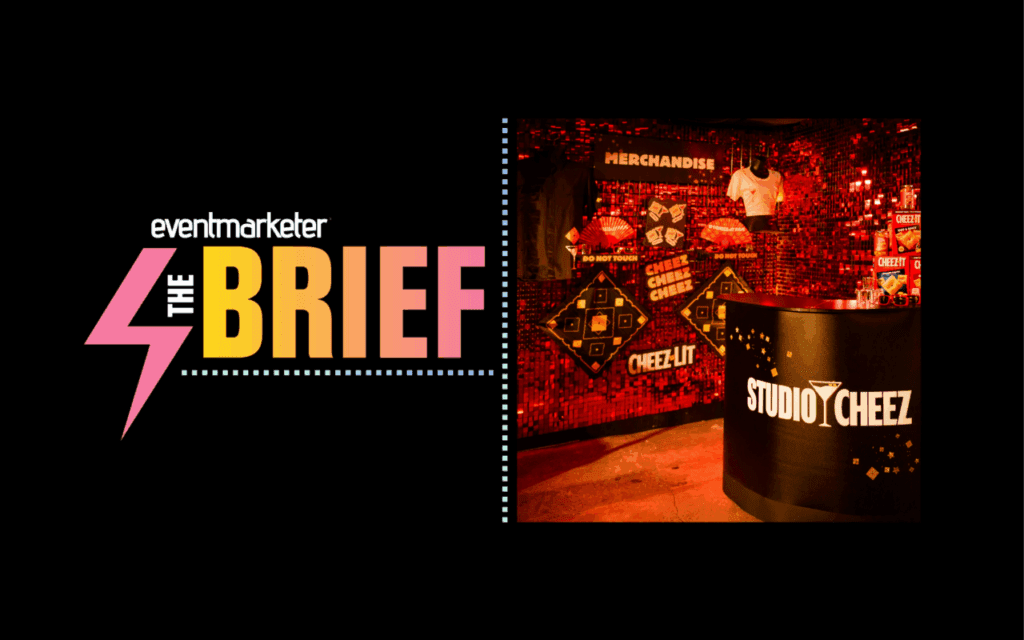A great deal has been written about storymaking, a neologism used to describe the co-authorship of a brand’s narrative that consumers and marketers now share, particularly through user-generated content and social postings.
People have always talked about their experiences with brands and products, and those conversations have always influenced brand narratives. But the digital age has unquestionably made it easier to amplify those thoughts and spread them far wider than previously.
So whether storymaking describes something new or simply gives a new name to an old phenomenon, it’s worth thinking about what we as marketers can do to help shape the narratives that people co-create with our brands.

Jack Morton Worldwide is a brand experience agency, so our work is all about creating experiences that connect brands with people. We believe that it’s possible to shape what gets captured and shared in such a way that it contributes positively to a brand’s overall narrative if you ideate, design and execute work with that narrative in mind.
• Start with a deep understanding of the brand, and an insight-informed idea
Marketing communications work has the potential to generate positive social stories and widespread press when a brand truth intersects with a cultural truth. The best brand experiences are built from a deep understanding of the brand, its relationship to culture, and an insight-informed idea.
I’ve never seen the brief or the presentation materials for “Fearless Girl,” by State Street Global Advisors. But I suspect that the idea to place a statue of a young woman facing the famous charging bull on Wall Street was based on an insight that had to do with one or more of the following: that very few public companies have enough female senior leaders, that State Street Global Advisors had introduced the SHE fund, an ETF (exchange traded fund) that tracks firms that have women in senior leadership roles, and that the charging bull is a symbol, and a very male symbol, of Wall Street.
Fearless Girl worked so well because it acknowledged the tension inherent in those thoughts, and used that tension and the resulting execution to spark and shape a brand story that quickly spread around the world.
• Make the execution simple, moving and original
Extraordinary brand experiences tend to have three things in common: they are simple, moving and original. Why? Because together, those characteristics help ensure that an execution will be memorable. And since brands, and therefore brand narratives, are built on memory structures, it’s imperative that we create things that are memorable and worth talking about.
Simplicity of an idea and execution—particularly when featuring uncluttered, recognizable visual elements of a brand’s identity—makes the idea or execution easier to remember. It also increases the likelihood that what people take away from and share about the experience will be clear and consistent with its intention.
Emotions are also tied to memory; so creating work that moves people emotionally can add to its impact, memorability and share-ability.
Finally, people tend to remember and share things that are new or novel, so creating work that is original—meaning that it’s something that hasn’t been done before, or done before in that context—can also increase the likelihood that it will be remembered and shared.
Before we present work to clients we often ask ourselves a range of questions about the work to make certain that we’re bringing them something that will be valuable to their brand. Among those questions are these:
• Is it simple, moving and original?
• Would you remember this experience?
• Would you talk about it?
• Would you share it with someone else?
If the answer to these questions is “maybe” or “no,” chances are the work isn’t good or bold enough to create meaningful impact.
Experience Principles
In addition to the above, there are five brand experience principles that we keep in mind when striving to create extraordinary brand experiences. These are oriented toward enhancing the quality of the experience that people have with a brand as well as the value of the interaction.
1. Be useful People appreciate things that make their lives easier or better.
2. Be human Treat people as human beings, not as targets or demographics.
3. Invite participation Physical engagement has been shown to increase mental engagement and memorability.
4. Be shareable Create things that are worth sharing, and make it easy to do so.
5 Build community Give people opportunities to connect with each other in both physical and digital places. Human beings thrive on connection and community.
It’s critical to start with a deep understanding of the brand, its relationship to culture and an insight-informed creative idea when creating brand experiences. We can also help shape what people take away from brand experiences and what they share by ensuring that those experiences are simple, moving and original.
People will also have more positive experiences with brands if we work to be useful and human, invite participation, work to create shareable experiences and build community.
Whether storymaking is a new phenomenon or simply a new term for an old one, as brand stewards it’s important that we work to positively influence how people contribute to brand narratives.
Bruce Henderson is Chief Creative Office at Jack Morton Worldwide.
This article was originally published in August 2017 and has been updated regularly.
Related articles:
The Differences Between Brand Experience, Experiential and Events
Messaging vs. Storytelling: The Evolution of Brand Communication

 Network
Network

